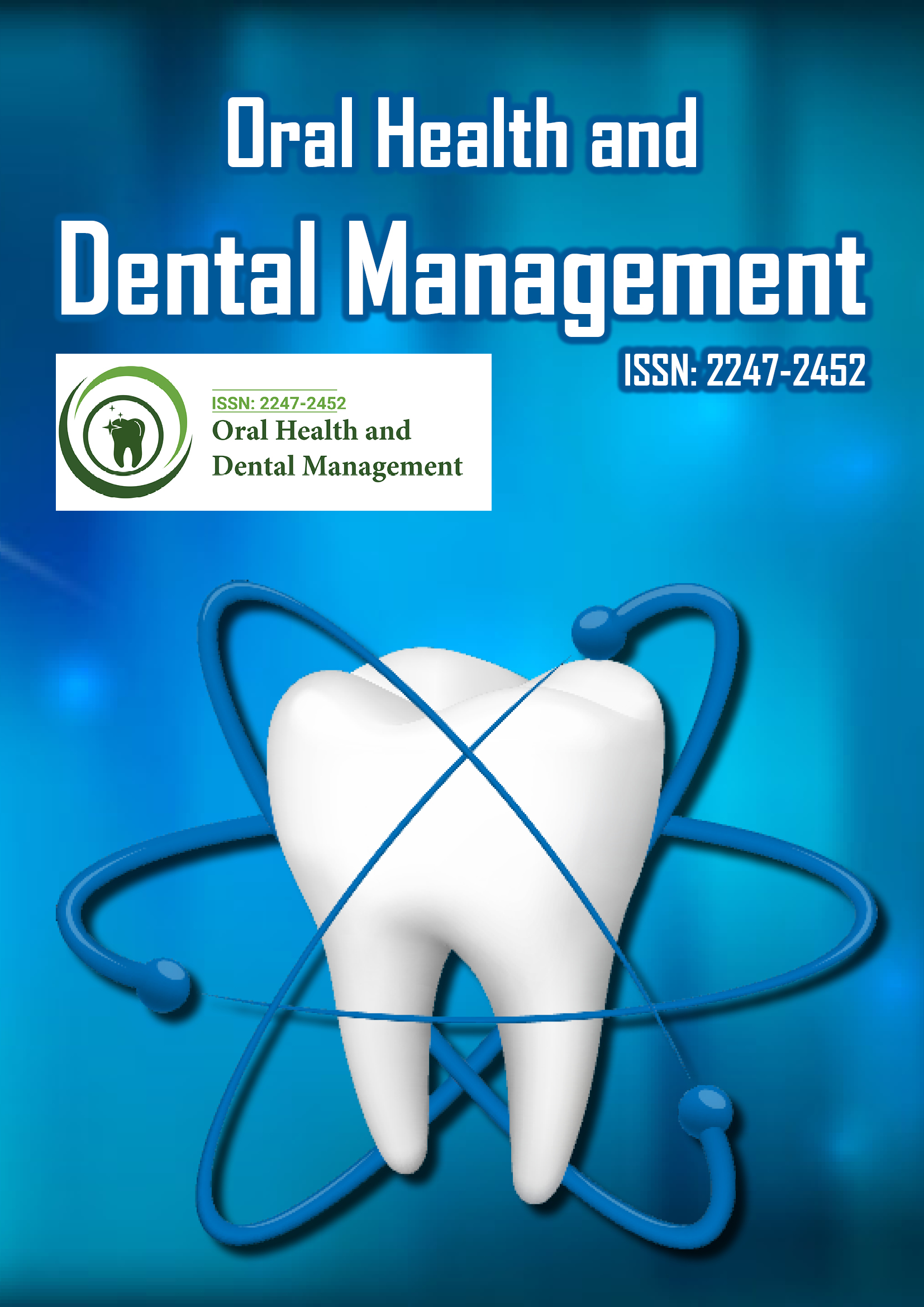Indexed In
- The Global Impact Factor (GIF)
- CiteFactor
- Electronic Journals Library
- RefSeek
- Hamdard University
- EBSCO A-Z
- Virtual Library of Biology (vifabio)
- International committee of medical journals editors (ICMJE)
- Google Scholar
Useful Links
Share This Page
Journal Flyer

Open Access Journals
- Agri and Aquaculture
- Biochemistry
- Bioinformatics & Systems Biology
- Business & Management
- Chemistry
- Clinical Sciences
- Engineering
- Food & Nutrition
- General Science
- Genetics & Molecular Biology
- Immunology & Microbiology
- Medical Sciences
- Neuroscience & Psychology
- Nursing & Health Care
- Pharmaceutical Sciences
Comparison of topical triamcinolone acetonide alone with combination of topical retinoic acid and triamcinolone acetonide in the treatment of oral lichen planus
17th International Conference on Oral & Maxillofacial Pathology
September 24-25, 2018 | Montreal, Canada
Shamsoulmolouk Najafi
Tehran University of Medical Sciences, Iran
Posters & Accepted Abstracts: Oral Health Dent Manag
Abstract:
Background & Aim: Oral Lichen Planus (OLP) is a common chronic mucocutaneous disease. The prevalence of OLP is 0.5% - 2% in the general population. The purpose of this study was to compare the efficacy of topical Triamcinolone Acetonide 0.1% anole (TAO) with the combination of topical retinoic acid 0.05% and Triamcinolone Acetonide 0.1% (TRO), both in an Orabase, in the treatment of OLP. Materials and Methods: This study was a randomized control double-blind clinical trial. Forty patients with OLP attending the department of oral medicine, school of dentistry, Tehran University of Medical Sciences were asked to participate in the study. All patients were healthy and not taking any medicine possibly causing lichenoid. The severity of the lesion size (sign) scored from 0 (no lesion) to 5 (large lesion), and pain and burning sensation (symptoms) were scored ranging from 100 (very severe) to 0 (no pain). Patients were randomly divided into two groups of 20. One group was treated with TAO and the other group was treated with TRO. They were instructed to apply the medication on dried lesions three times a day the signs and symptoms were evaluated after 1,2,3 and 4 weeks of treatment. Data were analyzed by Mann-Whitney test using SPSS software. Result: After 4 weeks of treatment, 95% of patients in the TRO group and 90% of the TAO group were asymptomatic (no pain). The decrease in pain and burning sensation were similar in both groups (P=0.71). All patients in the TRO group (100%) and 85% of TAO improved to score 1 & 0. Decrease in the size of keratotic, atrophic and erosive OLP lesions were significantly different in the two groups (P<0.0001). The results of 2 months follow up on the patients show that in TRO group (10%) and 15% of TAO group had the relapse. Statistical analysis revealed that there was no significant difference between two groups (P=1) Conclusion: According to this the retinoid enhances the efficacy of the corticosteroid in suppressing inflammation, which is characteristic of OLP lesions.
Biography :
E-mail: najafi_drsh@yahoo.com
